Enter a surname, town name or other keyword to search the database. Remember to
allow for the different spellings of 'Mc' and 'Mac.' Good luck!
{Search tips: Use single word search terms for more results}
You must enter some valid character(s) into the search field

Reference: H-0242
Joe Corrie (1894-1968) was a S...
|
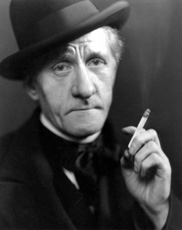
Reference: H-0240
Frederick Charles Hannen Swaff...
|
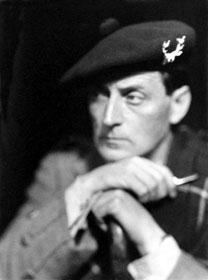
Reference: H-0238b
Sir Compton Mackenzie, (1883-1...
|
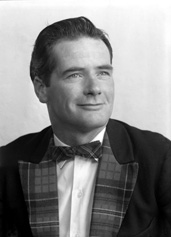
Reference: 47135b
Stewart Ross, Grampian Records...
|
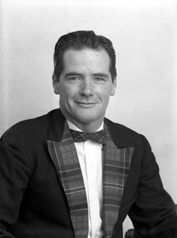
Reference: 47135a
Stewart Ross, Grampian Records...
|
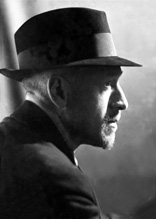
Reference: 31102g
Peter Frederick Anson (1889-19...
|
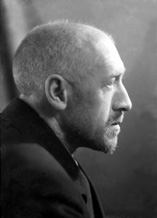
Reference: 31102f
Peter Frederick Anson (1889-19...
|
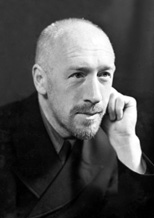
Reference: 31102e
Peter Frederick Anson (1889-19...
|
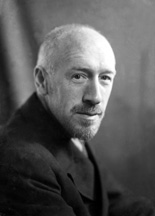
Reference: 31102d
Peter Frederick Anson (1889-19...
|
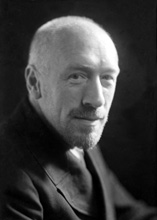
Reference: 31102c
Peter Frederick Anson (1889-19...
|
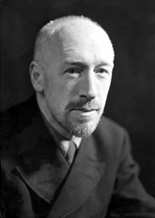
Reference: 31102b
Peter Frederick Anson (1889-19...
|
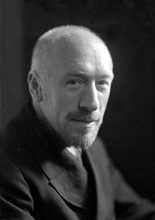
Reference: 31102a
Peter Frederick Anson (1889-19...
|